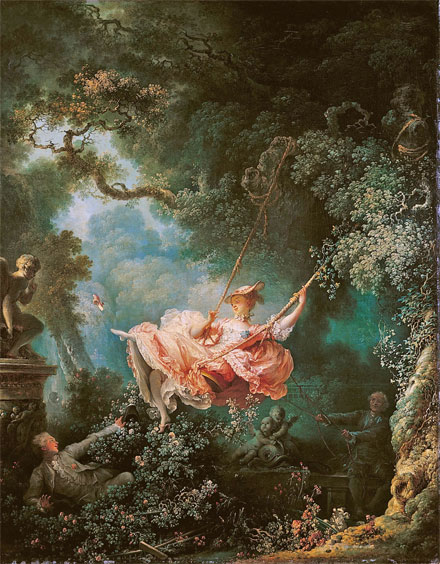I’ll never forget my visit to the Huntington Museum and Library to view their collection of William Blake watercolors. Rarely displayed, the exhibition was packed with museumgoers vying for a glimpse of Blake’s astonishing visions in paint. With so many beautiful pieces to take in at once, I felt frustrated. I could never have enough time to look. My experience was one of awe combined with disappointment.
How and why we interact with art in its environment is the subject of a new book by Philippe de Montebello and Martin Gayford published by Thames & Hudson (2014). Part travel book and part art history, Rendez-vous with Art, which takes place on two continents and in six countries, reads like a museum visit with friends who know the score about art. De Montebello was the longest-serving director of New York’s Metropolitan Museum of Art (31 years) and is currently its director emeritus; Gayford is an art writer and critic.
What does it feel like to experience art up close and in-person? Our guides delve into the history and provenance of famous art works, how they came to live in their particular locations, and the competition between museums and private collectors. The sublime often overlaps with the ridiculous: They have to leave the Louvre early; an aching back is the culprit. And how does one feel “close” to the Mona Lisa when she’s behind thick Plexiglas and has her own guards? The stories occasionally disappear into art analysis that may seem self-indulgent to the reader, but the real world intervenes just in time to keep the narrative fresh and immediate. What kinds of art stop us in our tracks and demand our attention? What makes us turn away?
The book also makes the important point that the experience of looking is based in the now. The person we are looking at today, say, in a Van Gogh painting isn’t the same person when we return in the future with a different set of experiences influencing our “looking,” combined with our prior memories of seeing. For example, the next time I’m at a Gerhard Richter exhibition, I’ll probably think about the retrospective in Chicago years ago, and that I had to leave early because of a hungry relative. My next time will surely be packed with last time’s baggage.





